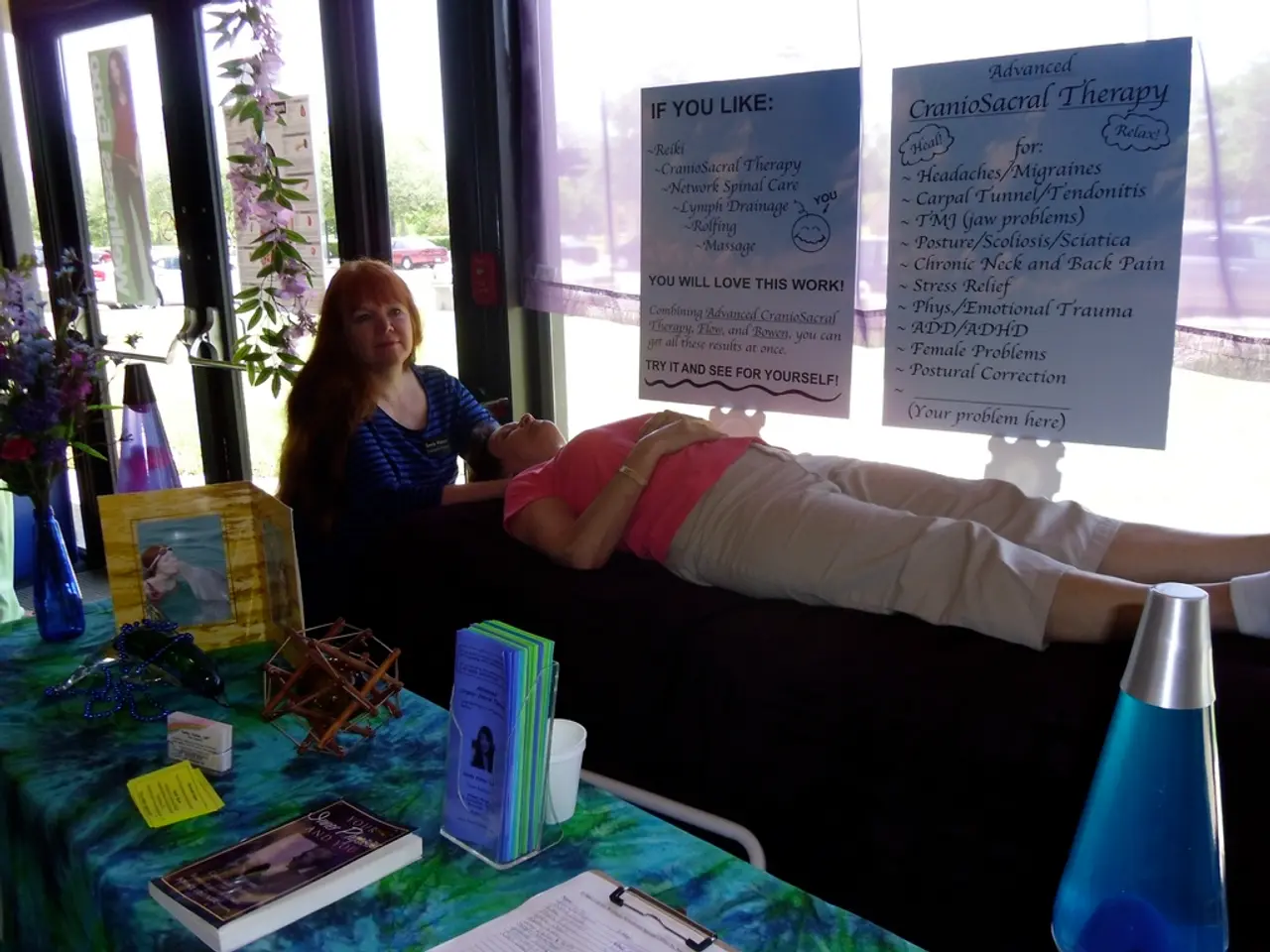Post-Midtown firearm incident: Strategies for securing employee safety within corporate towers
In the wake of a tragic shooting at a Midtown Manhattan office building, home to the NFL headquarters, which left four people dead and one injured, security experts are urging corporations to take proactive measures to protect their workforce.
Donald Mihalek, a senior law enforcement contributor and retired United States Secret Service agent, has suggested a layered security approach as the key to enhancing workplace safety. This approach includes physical access controls, threat detection, and employee preparedness.
Physical access controls can deter unauthorized entry and delay potential attackers. Measures such as locked doors, turnstile gates, visitor check-ins, and security personnel presence are essential. Limiting bag sizes and banning firearms and weapons on premises can also reduce risk.
Surveillance technologies, like high-definition cameras and alarms, can detect threats early and monitor suspicious behavior. Regular risk assessments tailored to the specific building and workforce can identify vulnerabilities and address gaps.
Employee training and preparedness are equally important. Threat awareness, recognizing warning signs of violence, and using frameworks like the Department of Homeland Security’s Run, Hide, Fight protocol can empower staff to respond effectively during an emergency.
Mihalek has also recommended corporations to conduct threat assessments, identifying individuals who may be potential threats due to recent terminations, relationship turmoil, or social media posts showing grievances.
Richard Frankel, a retired FBI special agent, has echoed these sentiments, expressing concern over the suspect's ability to leave his vehicle double-parked and walk with a visible weapon without causing concern. Frankel also suggests the use of artificial intelligence and video technology in federal buildings to observe potential threats and trigger alarms if an armed individual is approaching the building.
Another measure proposed by Mihalek is the implementation of a "man trap system" to slow down an attack in office buildings. Frankel also supports the use of such technology in federal buildings.
In the aftermath of workplace shootings, it's crucial to foster a culture of open communication and support to help employees cope with the psychological impacts.
Corporations should also partner with local law enforcement and emergency medical services to understand the layout of the building in preparation for a potential threat.
From 1994 to 2021, 16,497 U.S. workers were "intentionally killed while at work," according to a 2024 study. Workplace shootings are on the rise, with incidents such as the 2021 shooting at an office complex in Southern California, killing four people, and a 2023 incident at a bank in Kentucky, killing five and injuring eight, underscoring the need for enhanced security measures.
By implementing a layered security approach, corporations can significantly reduce the risk of shootings in office buildings, providing a safer environment for their employees.
- In the face of rising workplace shootings, corporations should seriously consider adopting a layered security approach as advocated by security experts to enhance workplace safety.
- A layered security approach includes measures like physical access controls, threat detection, and employee preparedness to deter potential attackers and respond effectively.
- Physical access controls can involve locked doors, turnstile gates, visitor check-ins, security personnel presence, limits on bag sizes, and bans on firearms and weapons within the premises.
- Surveillance technologies, such as high-definition cameras and alarms, can help detect threats early and monitor abnormal behavior.
- Regular risk assessments, customized to a specific building and workforce, can identify vulnerabilities and help address gaps in security.
- Employee training and preparedness are vital. Training should cover threat awareness, recognizing warning signs of violence, and using response protocols like the Department of Homeland Security’s Run, Hide, Fight.
- In addition to these measures, conducting threat assessments can help identify potential threats from individuals with recent terminations, relationship issues, or grievances expressed on social media. Corporations should also collaborate with local law enforcement and emergency medical services for better preparedness.




